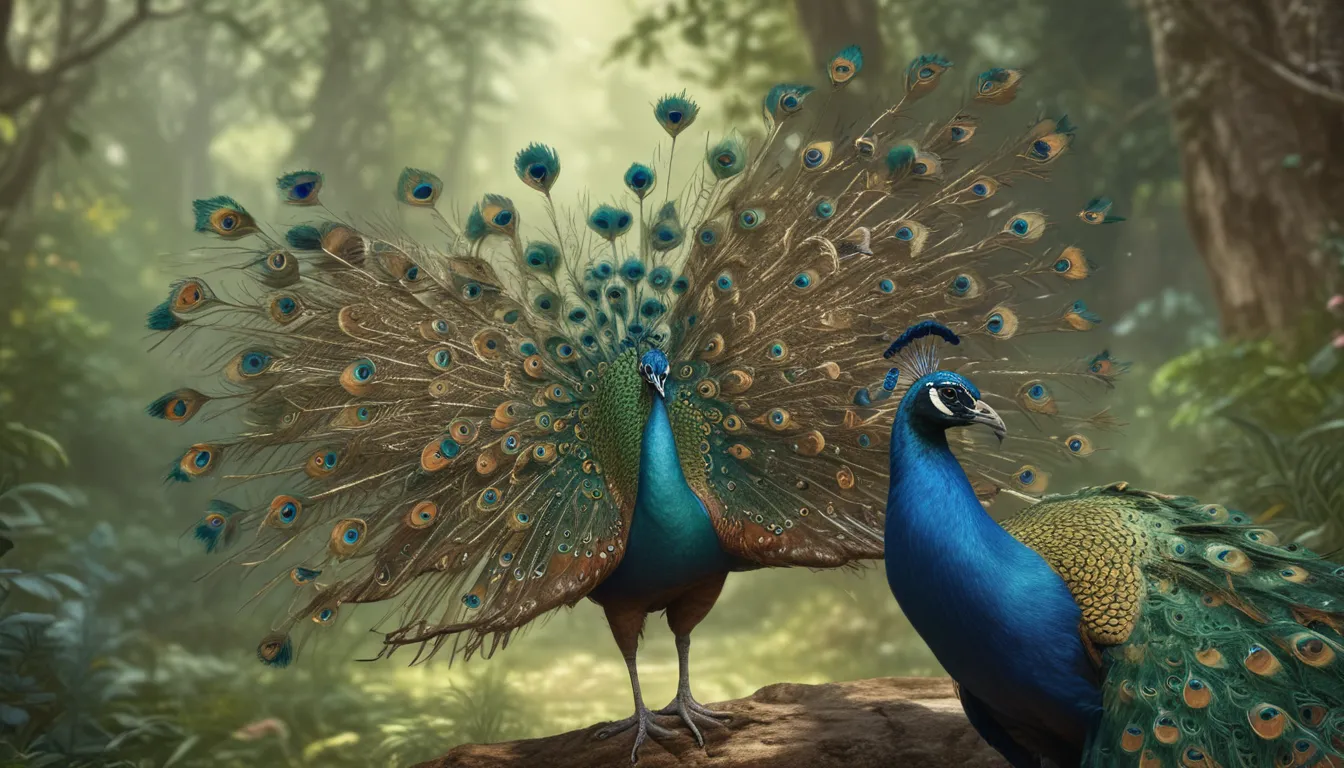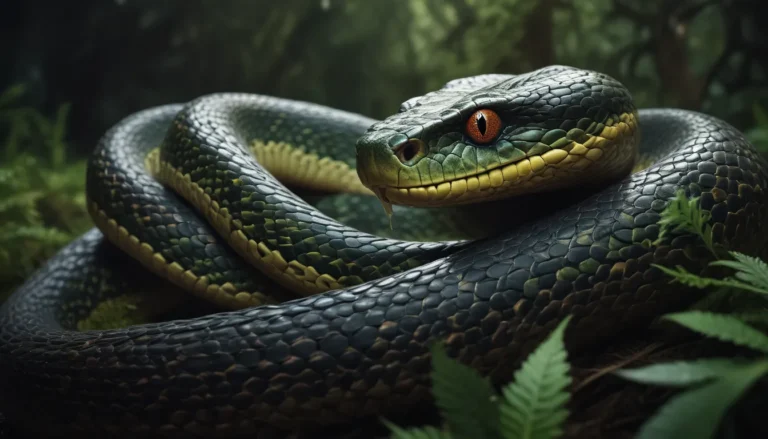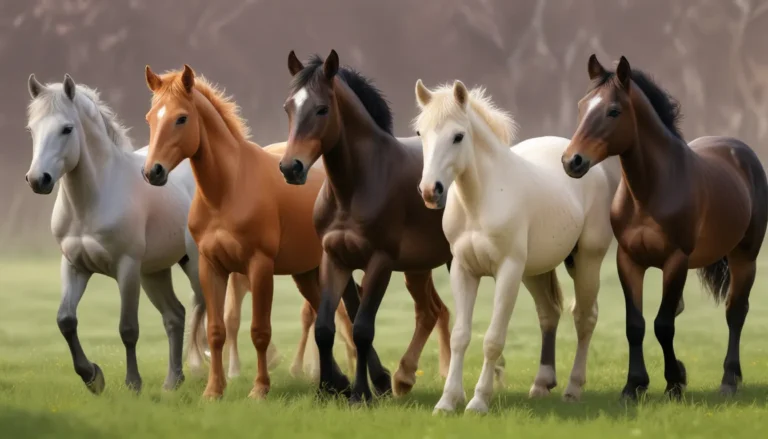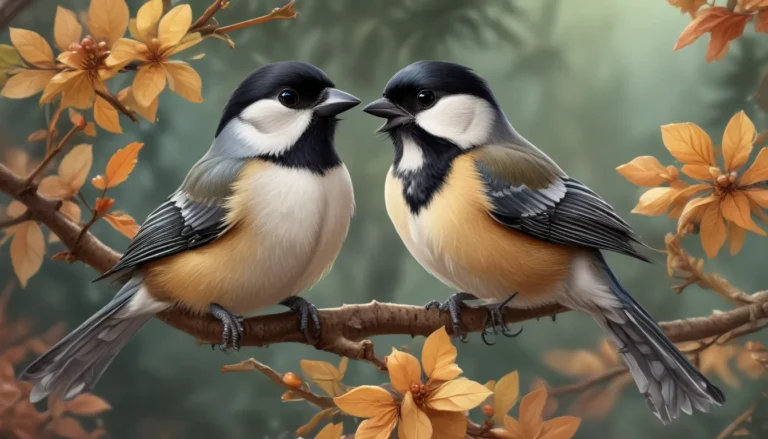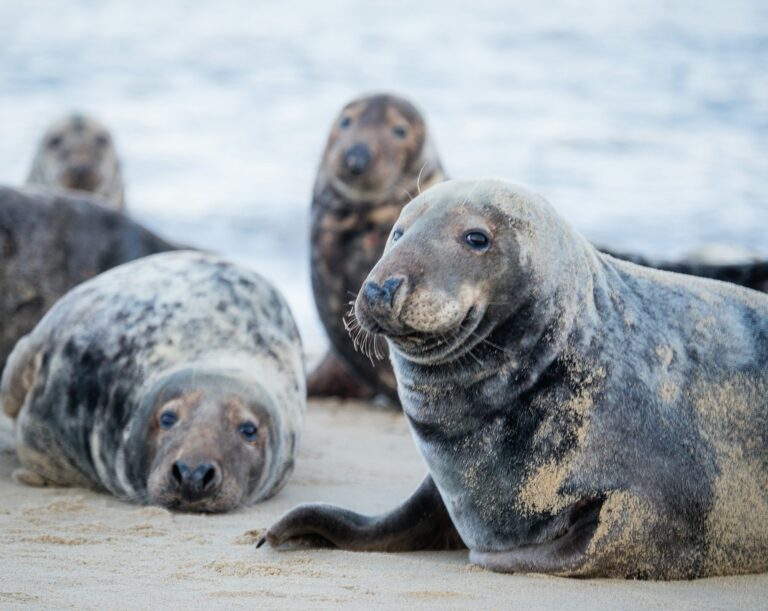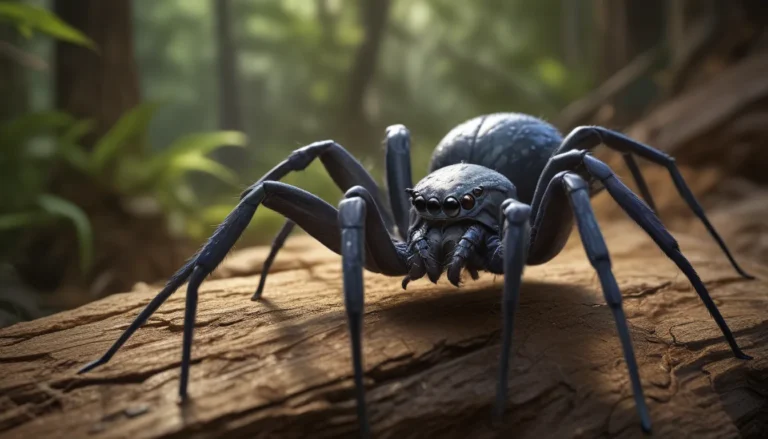The pictures we use in our articles might not show exactly what the words say. We choose these pictures to make you interested in reading more. The pictures work together with the words but don’t take their place. The words still tell you the important facts.
Welcome to the enchanting world of peacock butterflies! These vibrant and beautiful creatures captivate us with their stunning appearance and fascinating behaviors. From their territorial nature to their role as pollinators, peacock butterflies offer us a glimpse into the wonders of the natural world. Join us as we delve into the realm of peacock butterflies and uncover the top facts about these remarkable insects.
White Peacock Butterflies: Fascinating Inhabitants of Central America and the Caribbean
Anartia jatrophae, or white peacock butterflies, are common residents of Central America, the Caribbean, Texas, and Florida. These elegant butterflies thrive in areas abundant with water, such as ponds, streams, fields, and parks. The distinctive white wings adorned with a round black spot and a light to brown curve on the forewing make the white peacock butterfly a striking sight in its natural habitat.
Peacock Butterflies: Masters of Defense
Peacock butterflies employ two primary defense mechanisms to protect themselves from predators. Firstly, they utilize crypsis, blending seamlessly with their surroundings to resemble a dead leaf. Additionally, peacock butterflies can produce a hissing sound by rubbing their wings together, deterring potential threats with this unexpected display of strength. With predators like rodents and avian hunters in their midst, peacock butterflies rely on these defense strategies to ensure their survival.
Male Peacock Butterflies: Guardians of Territory
Male peacock butterflies exhibit extreme territorial behavior as they defend their space to attract potential mates. These butterflies stake claim to nesting sites, watering holes, and food sources, perching on elevated objects to monitor their territory and seek out female companionship. The vigilant stance of male peacock butterflies underscores their dedication to securing a mate and perpetuating their species.
The Life Cycle of Peacock Butterflies: A Marvel of Nature
Peacock butterflies lay approximately 400 eggs in early spring, adorning nettle and hops leaves with ridged, olive-green capsules. The emergence of caterpillars follows, with these black-bodied larvae featuring white dots and protective spikes. Feeding on nettle plants, peacock butterfly caterpillars undergo a remarkable transformation, eventually forming a chrysalis that will give rise to the resplendent adult butterfly.
Peacock Butterflies: Guardians of the Environment
Peacock butterflies play a vital role in their ecosystem as pollinators, facilitating the reproduction of flowers through the transfer of pollen. Savoring the sweet nectar of flowering plants like clover, dandelions, willows, and buddleia, peacock butterflies contribute to the cycle of life by ensuring the continuation of plant species. Their delicate interactions with flowers underscore the interconnectedness of all living beings in nature.
In conclusion, peacock butterflies emerge as captivating and essential members of the natural world, embodying beauty, resilience, and purpose in their existence. As we marvel at their intricate patterns and observe their intricate behaviors, we are reminded of the profound interconnectedness of all life forms on our planet. Let us cherish and protect these magnificent creatures, honoring their contributions to the environment and celebrating their timeless grace.
Join Us in the World of Peacock Butterflies
Our exploration of peacock butterflies has only just begun. As we uncover more insights and delights about these enchanting creatures, we invite you to join us on this journey of discovery. Together, let us appreciate the wonders of nature and embrace the beauty of peacock butterflies as they flutter gracefully through our world. Thank you for embarking on this adventure with us, and may the splendor of peacock butterflies inspire you to cherish and protect the natural world around us.
